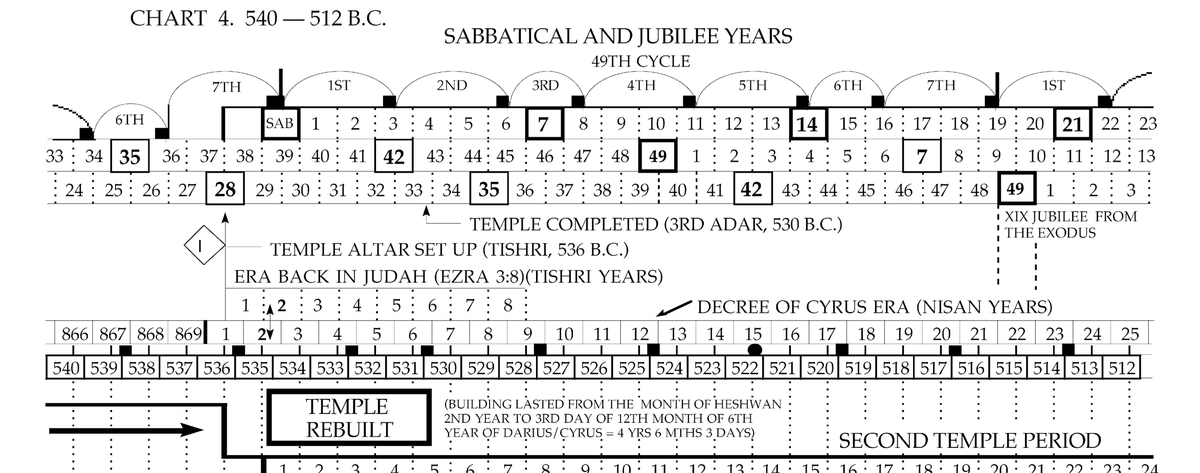First we’re introduced to a patriarchal figure—in the former case, Adam, and, in the latter, Judah.
Then we’re led down a vertical genealogy…
…until we reach a second patriarchal figure (Noah/Hezron),
And, finally, we’re hence led down a second vertical genealogy,
which consists of exactly ten members…
…and comes to flower in the person of a great leader (Abraham/David),
The shape of world history is recapitulated in the line of Judah,
as Judah takes forward the mandate of fallen man—namely to bless, multiply in, and subdue the earth—,
The text of 2.1–9.1 sums up Israel’s life and history by means of a chiastic set of 14 genealogies—a fact which was not lost on the disciple Matthew.
such as their symmetry and ‘twelveness’,
yet at the same time they exhibit certain quirks,
such as the way Judah and Levi have two genealogies each while other tribes have none (e.g., Zebulun),
As we’ll see, these oddities turn out to imbue our genealogies with important properties.
Suffice it to say, the shape of 2.1–9.1’s genealogies is hugely significant.
For a start, it highlights the centrality of the Levites in Israel.
And, on either side/shoulder of these genealogies, we have six tribes.
while the text of 6.54–60 describes their distribution throughout six other genealogies’ cities,
Eleven curtains are to be made.
The curtains are to be divided into a group of five and a group of six;
the two outermost curtains are to be coupled together;
and the end product is to be draped over the tabernacle,
with the sixth curtain ‘doubled over’ at the entrance.
In 6.1ff., we have a description of the temple service (cp. 6.31, 48, etc.),
which has five tribes represented on one side of it (Judah, Simeon, Reuben, Gad, Manasseh)...
a] their genealogies converge on Jerusalem, where their descendants take up permanent residence (cp. 3.1–9 w. 8.28), and
The parallels outlined above are not merely literary niceties.
That Israel’s generations form a human temple is a notion laden with theological freight,
which provides an OT foundation for an array of NT doctrines.
Central to the history of the world (ch. 1) is the history of Israel (ch. 2–8).
And central to the history of Israel is the worship of God,
First, family tradition: a line of high-priests, each of whom bequeathes his duties to his sons, who go on to do likewise (cp. 6.1–15 w. Psa. 145.4).
Suffice it to say, these two principles have applications in every day and age,
and particularly, I believe, in the present day.
THE END.
P.S. Perhaps I’ll get to the oddities of Benjamin next time round. Please Re-Tweet if you’ve been encouraged by this.

























